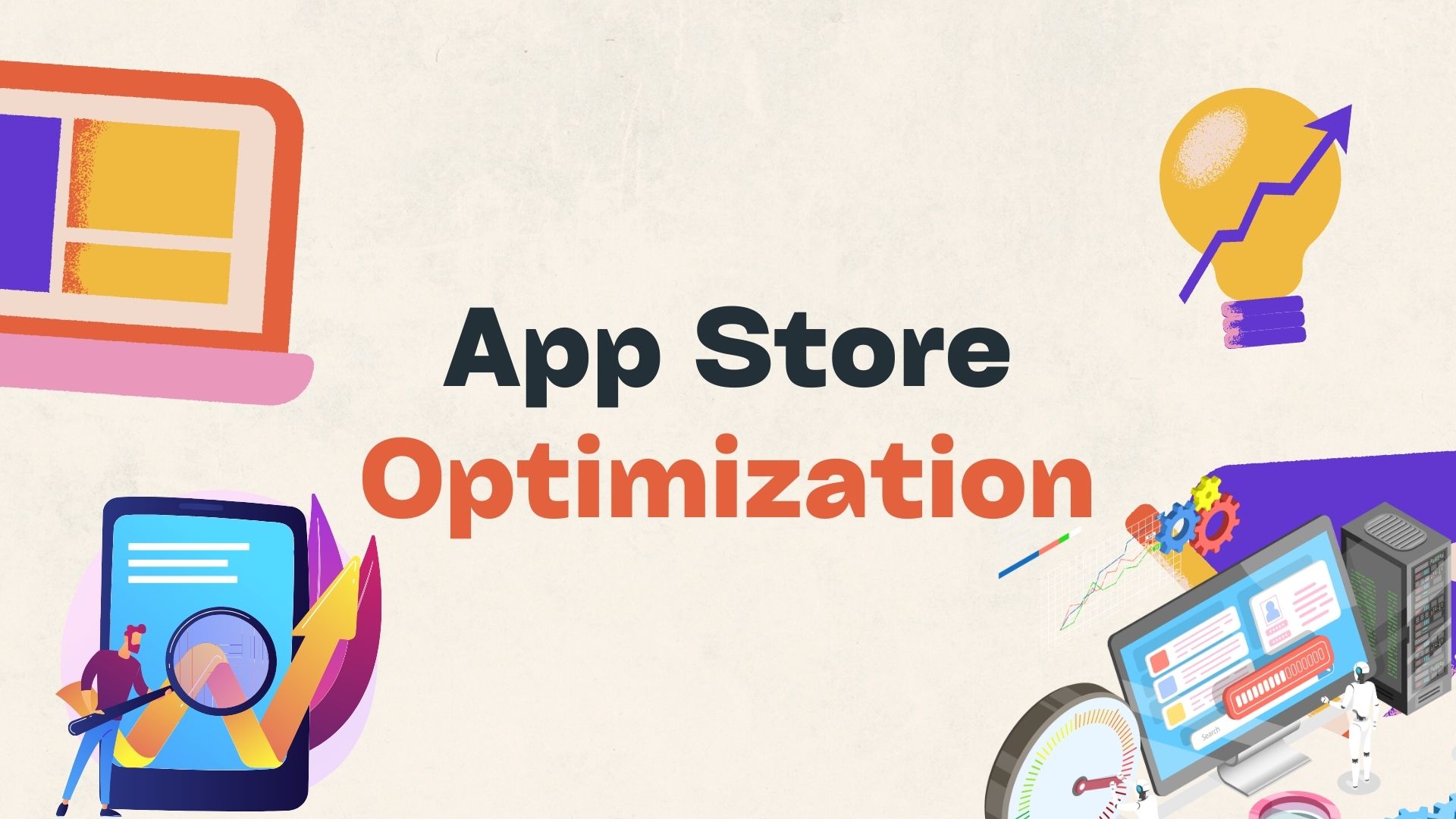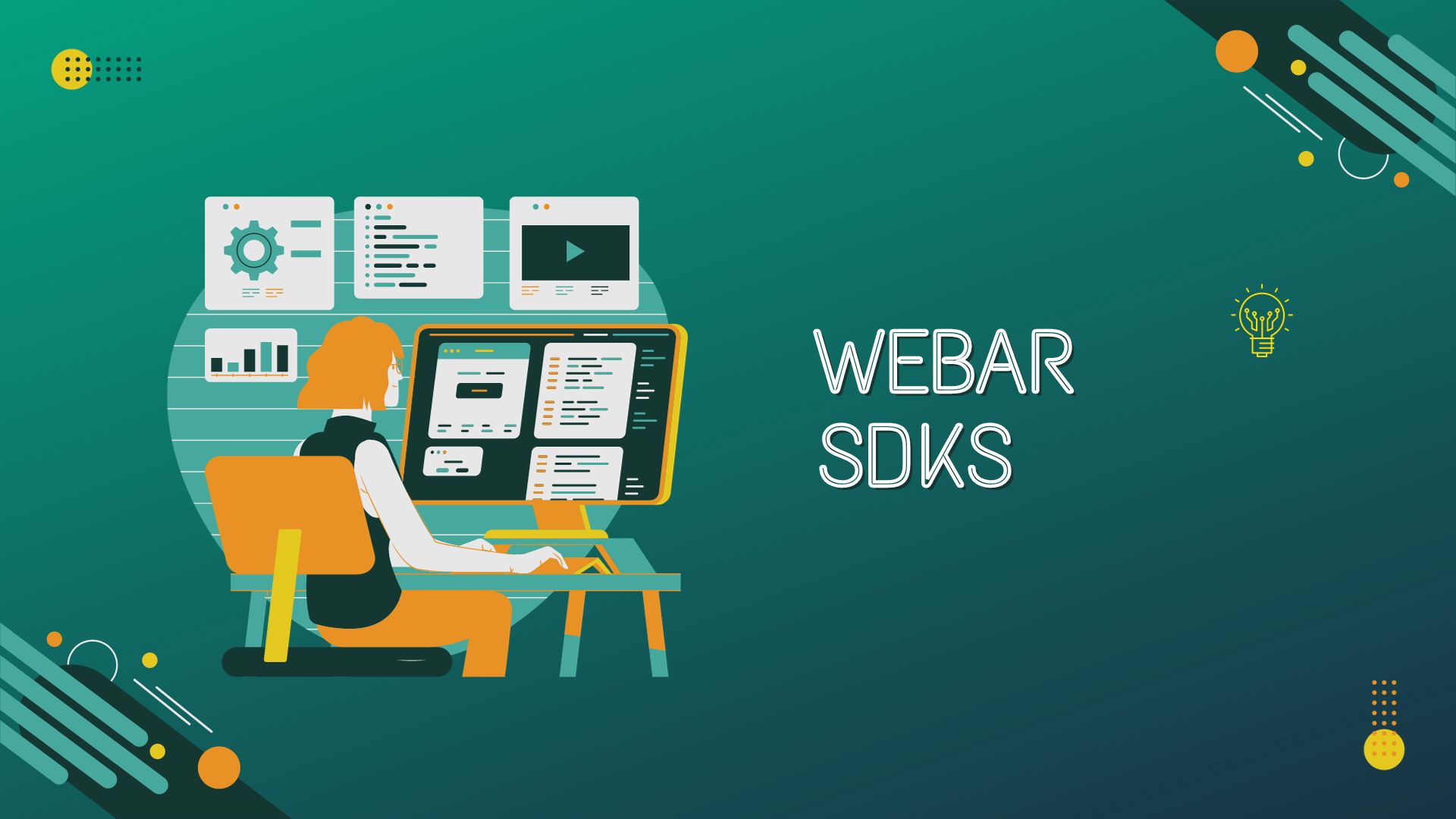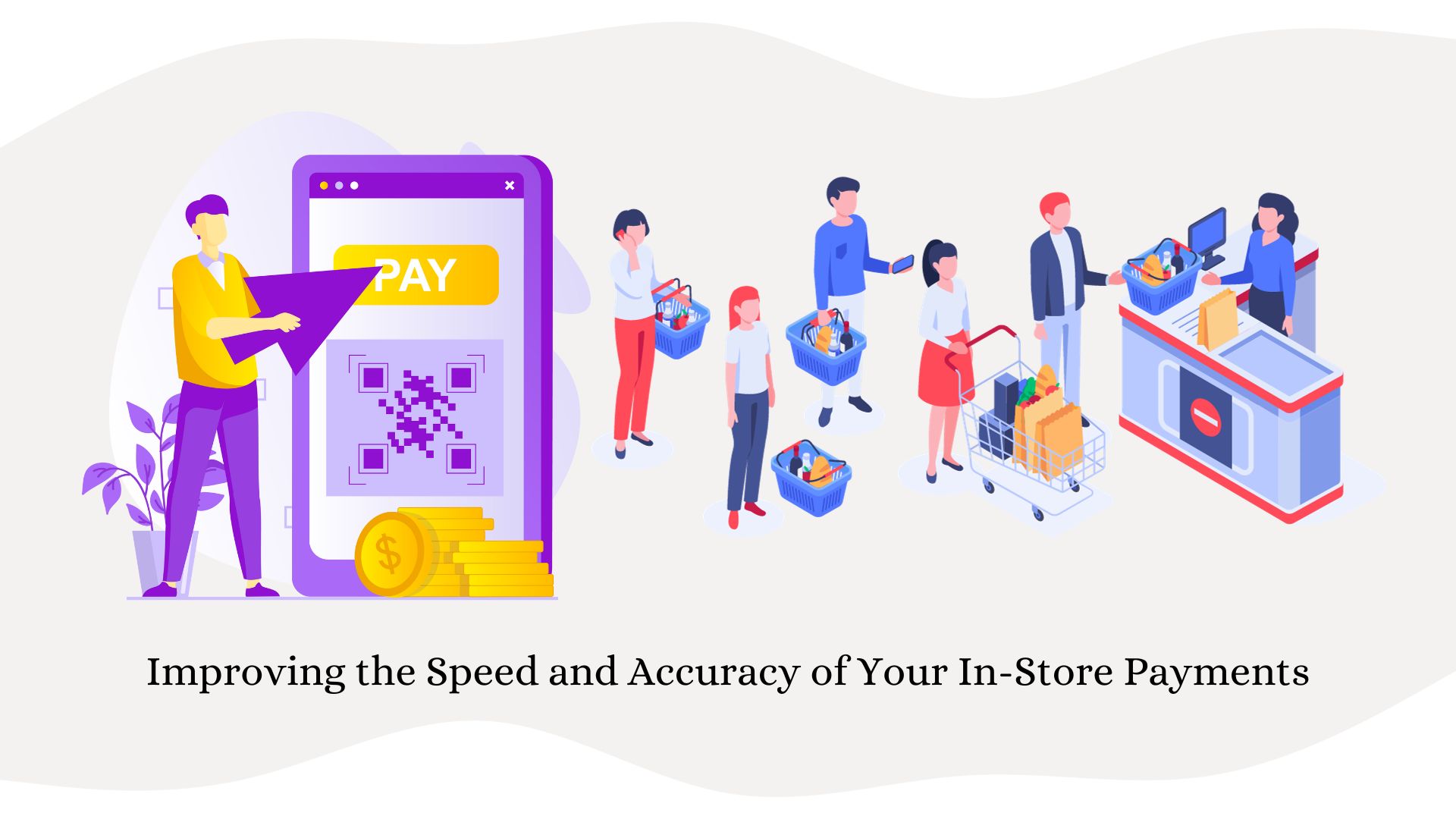Three Ways Agile Marketing Can Use BI
Recently, the agile marketing movement has really been getting its act together. As in the previous case of agile software development, it has linked individual proponents into a common cause, agreed on a tentative set of “values” and “principles” and unleashed an enormous amount of enthusiasm, as evidenced by the numbers of “meet-ups,” participants, and blog posts.
Large- and medium-sized companies of all stripes – hey, everyone needs good marketing – have every reason to pay attention.
The new agile marketing movement needs and values business intelligence. Specifically, agile marketers place a higher priority on understanding the customer “in the large” and BI provides an obvious tool for allowing them to do so. In fact, the need for business intelligence surfaces at three points in the movement’s initial list of “values:”
- Validated learning over opinions and conventions
- Customer-focused collaboration over silos and hierarchy
- Process of customer discovery over static prediction
I’ve heard a lot of frustration about the way that corporate executives’ “I know my customers” often trumps careful analysis of data, to the detriment of the business. However, using BI to achieve the values I’ve outlined is not straightforward.
Here, I suggest best practices for achieving each of these values. I assume that the ultimate customer is a consumer, as often even companies selling to other businesses need to consider major shifts in consumer preferences, such as the consumer move to iPhones which undercut the RIM BlackBerry’s business market.
BI Best Practices for Agile Marketing
Validated Learning over Opinions and Conventions: To find out about this consumer “in the large” and go beyond previously unexamined corporate opinions, which are often embedded in what is stored in the data warehouse, agile marketing needs to use business intelligence tools that are well-suited to do Web-data analysis – not just social media data but also personal/public information on the Web such as a Google search might turn up.
Thus, agile marketing should use Big Data analytics tools based on a company Big-Data-incorporating infrastructure, so that customer data on the Web can be combined with existing proprietary customer data. And the BI tool should have extensive “cleansing” capabilities, so that the customer data the agile marketer “learns” is truly “validated.”
Customer-focused Collaboration over Silos and Hierarchy: The focus in this “value” is on collaboration within the vendor organization. At the same time, agile marketing processes often “focus on the customer” by including a “surrogate customer” in the project: someone who is not a marketer, but represents the ultimate consumer as well as the in-business “marketing product consumer.” Moreover, the best agile projects extend collaboration in design of the next iteration of the marketing “solution” to crowdsourcing and customer “communities” – effectively, consumers act not only as beta testers but also as generators of marketing (and product) ideas.
The “best practices” agile marketer will find business intelligence useful at two points here. First, the “surrogate” badly needs to represent the ultimate consumer well – but is often unacquainted at the start of the project with the target market. The BI tool the agile marketer provides to the surrogate should be exceptionally easy to use – e.g., allow output in Excel spreadsheets and report formats.
Second, crowdsourcing and communities often provide a “fire hose” of data, and enthusiasts can diverge from the needs of the full target market (especially since the agile marketer is trying to “keep it simple”). Effective agile marketer use of a BI tool will focus not only on rapid winnowing of blog comments and Facebook posts but also identifying key differences between “early adopter” enthusiasts and the rest of the market.
Process of Customer Discovery over Static Prediction: The aim here is rapid, iterative discovery not only of customer needs but of changes in these needs – including changes caused by a new product iteration that leads customers to up their demands. This translates into a demand that BI be less exact in predicting the world a year from now, but easier to use to detect customer changes right now. To put it another way, agile marketing would prefer to spend more time reactively finding out what the customer is doing and less time trying to see how exact any predictions for one year out are – and BI should help.
That means a much greater emphasis in the BI tool on exploratory data analysis, and much less emphasis on “deep what-if” based on the corporate yearly accounting cycle. These may be useful in other areas, but not in agile marketing.
To summarize, the agile marketer can use business intelligence effectively by emphasizing three best practices:
- Using BI tools that are good at analyzing Big Data, including social media, and using them in a way that doesn’t reinforce the implicit assumptions about what data is important that you often find in the data warehouse.
- Providing easy-to-use BI tools to “surrogates” and focusing “early adopter”/crowdsourced marketing analytics on removing the chaff and identifying the differences between early adopters and the overall market.
- Using BI tools that are good at exploratory, rather than “what-if,” data analyses.
Agile marketing promises the same kind of improvements in costs, success rates, revenues gained and customer satisfaction that agile software development has already demonstrated. To succeed, agile marketers need to ensure that their business intelligence tools for understanding their customers “in the large” support their needs for rapid iteration, customer focus and flexibility. These best practices give agile marketers a good shot at leveraging BI to achieve not only their “values” but also their desired outcomes.
Wayne Kernochan is the president of Infostructure Associates, an affiliate of Valley View Ventures that aims to identify ways for businesses to leverage information for innovation and competitive advantage. Wayne has been an IT industry analyst for 22 years. During that time, he has focused on analytics, databases, development tools and middleware, and ways to measure their effectiveness, such as TCO, ROI, and agility measures. He has worked for respected firms such as Yankee Group, Aberdeen Group and Illuminata, and has helped craft marketing strategies based on competitive intelligence for vendors ranging from Progress Software to IBM.

Wayne Kernochan has been an IT industry analyst and auther for over 15 years. He has been focusing on the most important information-related technologies as well as ways to measure their effectiveness over that period. He also has extensive research on the SMB, Big Data, BI, databases, development tools and data virtualization solutions. Wayne is a regular speaker at webinars and is a writer for many publications.









